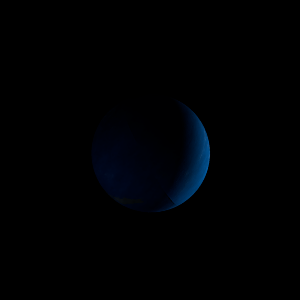|
|
Space Astro
|
Info for exoplanet "Wocefane"
| Scientific (actual) data |
|---|
| Name | K2-58 c |
| Planet status | Confirmed |
| Radius | 0.145 |
| Orbital period | 2.53726 |
| Semi major axis | 0.035 |
| Discovered | 2016 |
| Updated | 2021-02-05 |
| Tconj | 2456980 |
| Publication | Published in a refereed paper |
| Detection type | Primary Transit |
| Alternate names | EPIC 206026904.02 |
| Star name | K2-58 |
| Right ascension | 333.82° |
| Declination | -14.05° |
| Mag j | 10.765 |
| Mag h | 10.314 |
| Star distance | 182.69 |
| Star mass | 0.89 |
| Star radius | 0.86 |
| Star temperature | 5413 |
| Star alternate names | 2MASS J22151722-1402593, EPIC 206026904, WISE J221517.23-140259.4 |
| Wikipedia article | K2-58 c |
Back
| |
| Fictional info (?) |
|---|
| Suggested name | Wocefane |
| Planet type | Hot planet |
| Having almost no atmosphere to retain heat, it has surface temperatures that vary diurnally more than on any other planet in its solar system, ranging from 155°K (-118°C) at night to 490°K (217°C) during the day across the equatorial regions.
It was the one of the first exoplanets visited by a spacecraft, and one of the first to be successfully landed on.
The volume of water detected has been estimated to be equivalent to the volume of water in Lake Superior. |
| Atmosphere | 2H2O | 86% |
| Ethane | 13% |
| Carbon dioxide | 1.2% |
| Oxygen | 0.059% |
| Ammonia | 0.027% |
| Nitrogen | 5.3E-5% |
| Atmospheric pressure | 0.5 bar |
 |
| No known satellites |
| Google search for Wocefane |
|
Website by Joachim Michaelis
|
|
|
|